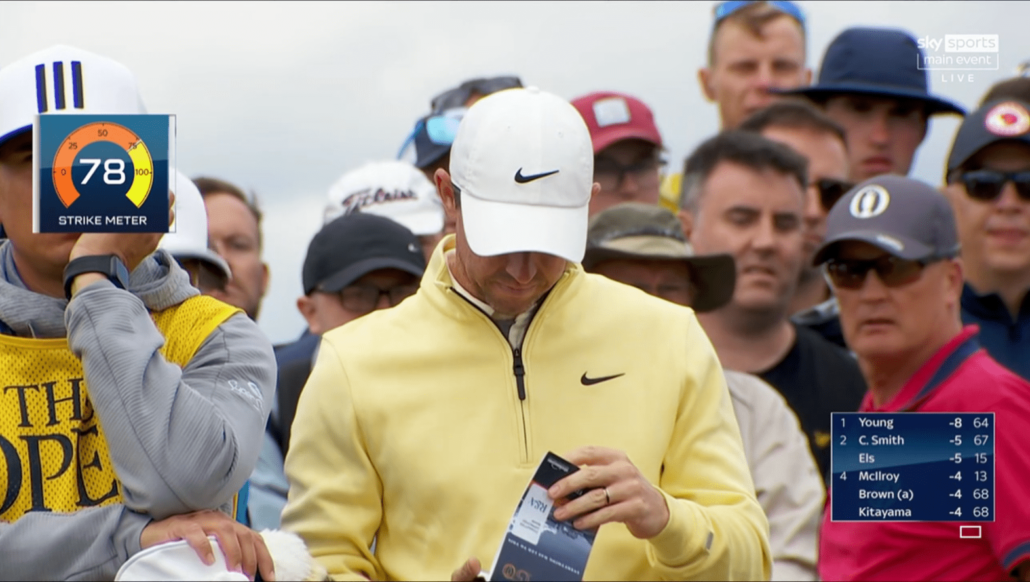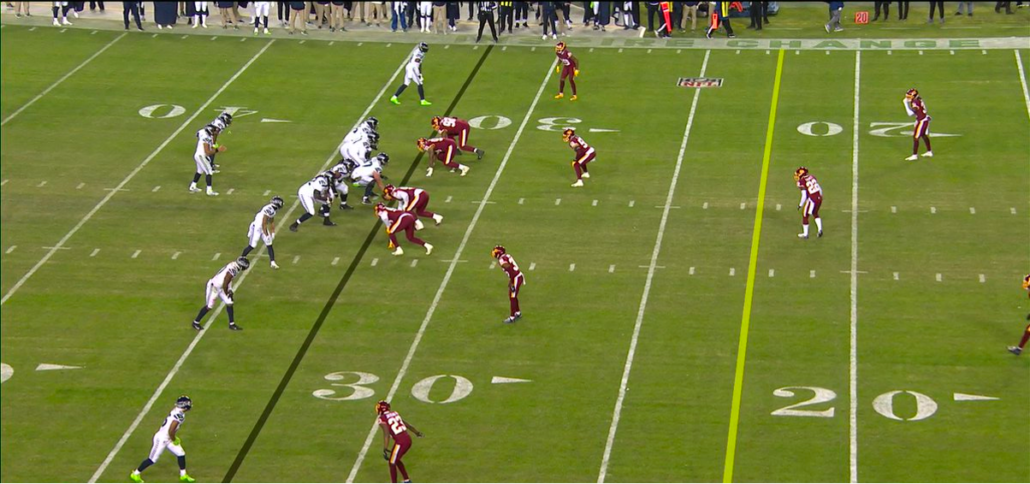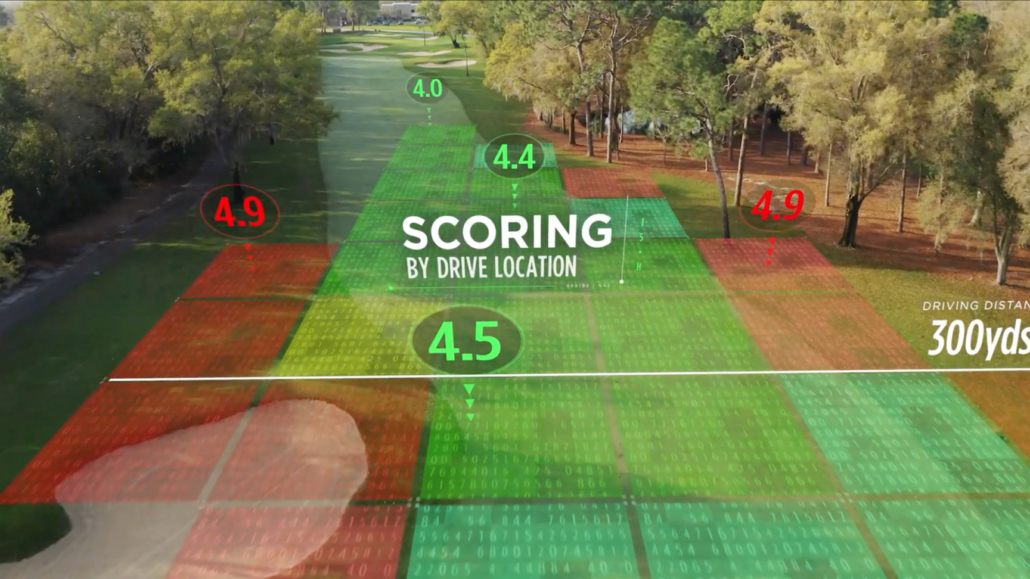Published July 14th, 2022
Twenty First Group deliver Golf’s Yellow line Moment with Sky Sports and TopTracer
Twenty First Group have collaborated with Sky Sports and Top Tracer, to debut at this year’s 150th Open a new, live data graphics feature. The “Strike Meter” evaluates the quality of a golf shot immediately upon impact by utilising several launch monitor data points, such as ball speed, launch angle and spin rate.
The data is ingested by the TFG Intelligence Engine and fed into a proprietary machine learning algorithm to predict the quality of the shot. The Strike Meter score, a simple 0-100 scale will give viewers never-before-seen insight and live feedback into the quality of the shot. The score intentionally belies the complexity under the bonnet to deliver a gamified visual feature that will excite and engage the core fan, whilst embracing the transient and younger audiences.
For all of the wonderful history of iconic events like The Open, only a tiny minority are fortunate enough to witness the action in person, with the vast majority of sports fans getting their fix from the live broadcast. Whilst the broadcast will never fully replicate the raw emotion fans feel in the live amphitheatre of sport, those fans in attendance will not be privy to the commentary and integrated insights that make the broadcast so valuable for fans at home.
While Britain is busy showing off two of its most prized sporting assets in Wimbledon and The Open on consecutive weekends, US broadcasters have trail blazed and shown the way when it comes to innovation in live broadcasting. Since the mid 90’s, US TV networks have projected virtual graphics onto the field during sporting events. The genesis being the 1994 FIFA World Cup, with US advertisers wanting to run their commercials during games; however, without natural breaks, there was no way to do this without interrupting matches.
To appease sponsors, ABC and ESPN created a constant element on the screen that also functions as a running advertisement: a box in the upper left-hand corner of the screen, which features a sponsor on top and the score and time below. The “Fox Box” reinvented the home-viewing experience and created a market for other graphics that could enhance the viewing experience.
Prior to 1998, watching the NFL could be confusing. In the absence of on-screen graphics it was difficult to follow gameplay, and fans watching on television had to keep track of the physical first down marker on the field or listen attentively to commentary to understand a situation that’s so critical to the fundamentals of the game.
Thankfully, a group of frustrated engineers recognised this problem and The 1st and Ten System was born. Simply put, the system “paints” a yellow line on the field marking the distance remaining to achieve a first down and retain possession of the ball.
The yellow line has become as synonymous to the game as the green colour on the field and has won multiple Emmy Awards for technical achievement due to its success. The 1st and Ten virtual graphics system has drastically changed the way all sports are watched, and paved the way as the gold standard for integrated graphics.
The bar (or rather yellow line) is high and has offered valuable guard rails for sports executives and producers trying to balance the proliferation of data being collected in sport with the need to amplify the storylines that really matter. Twenty First Group supports Rights Holders, Media, Brands and Betting partners to do exactly that, to leverage data, not for data’s sake but to identify the most compelling stories and bring them to life, in real time and at scale.
Great narrative serves to both strengthen the connection of the most avid fan, and more importantly for our clients battling with other entertainment forms in the attention economy, they want to kickstart the transient fan on a journey to fandom. Narrative is unique commercial currency that can span an entire season long title race, amplify qualification criteria, scrutinise the transfer of athletes and coaches, provoke with the chances of winning or highlight the brilliance and extraordinary skill levels required to beat a record.
But a warning to rights holders: data is not narrative. As the raw ingredient, of course data has a role upstream, in the value chain. But it must be harmonised, processed and positioned to derive the insights that contextualise sport, that educate, captivate and ultimately ignite the passion of fans and keep them coming back for more.
For example, our work with Aon on their Risk and Reward challenge.
TFG is proud to partner with organisations that are committed to igniting the passion of fans, and who are relentless in their pursuit of innovation and delivering a better fan experience. With the great and the good of the game descending on the Old Course this week, there will be no shortage of quality on display and we are excited to be playing our part in illuminating that quality and unlocking new commercial opportunities for our partners.
Is there a better backdrop than the 150th celebrations of the Open Championship at the home of golf to launch golf’s yellow line moment?
By Dan Zelezinski






